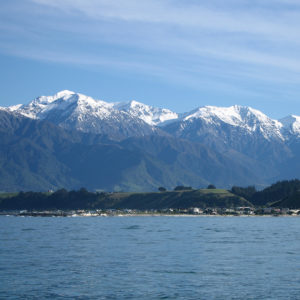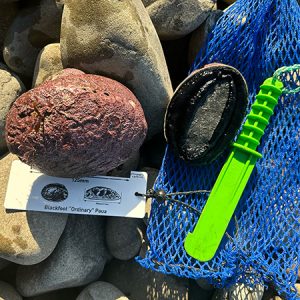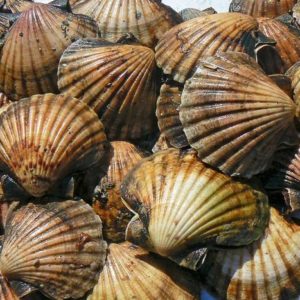After the Kaikoura earthquake in November, the Minister for Primary Industries enacted his emergency powers under the Fisheries Act 1996 to close off fishing in the Kaikoura area. This was in light of shocking photos that emerged of large areas of seabed being forced from the water, with all the sea life still attached.

There was immediate concern for the health of the remaining stocks, thus the ban was implemented.
Three months later, surveys have shown that the fish and cray stocks were largely unaffected, with most of the stocks simply moving to deeper waters.
However, the same cannot be said for other shellfish and seaweed species, including our precious paua.
Early February the Minister put out a request for submissions, asking whether the closure should be extended to the full extent allowed under the emergency regulations, one year.
Our New Zealand Sport Fishing Council team submitted, along with many other interested parties from the area, supporting the continued closure.
In the past, the stock assessments on these species, especially paua, have been undertaken using commercial catch rates. Without commercial catch this leaves MPI unable to estimate the health of the fishery as they usually would.
This highlights the need to keep this fishery closed until appropriate methods to monitor the recovery of this fishery can be developed and decide when it is appropriate to reopen the fishery, and what level of harvest is appropriate.
Not only do we have to consider the death of many paua, there are now concerns about the potential loss of reproductive capability, and that much of the inshore waters that were suitable for the settlement of the spawn and the juveniles to grow, is above water.
The Paua Industry Council has indicated their intentions to calculate the quantity of paua that would have been taken from the closed zone, and put this aside, not catch it, to avoid undue pressure on the rest of the fishery. This move is applauded by LegaSea and shows a desire to help protect and rebuild this threatened area.
We must continue to tread the cautious path in these circumstances as this is all new territory.





